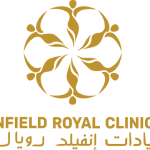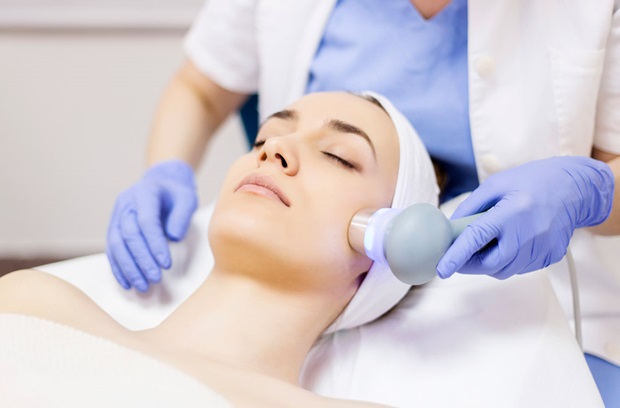Introduction to Laser Skin Resurfacing
Laser Skin Resurfacing is a cosmetic procedure that uses focused laser energy to target and improve the appearance of the skin. Unlike invasive surgical procedures, such as facelifts, laser resurfacing is minimally invasive and requires minimal downtime, making it a popular choice for individuals looking to address sun damage and aging skin without undergoing surgery.
Understanding Sun Damage and Its Effects on the Skin
Sun damage occurs when the skin is exposed to UV radiation from the sun, leading to a range of cosmetic concerns. These may include:
- Hyperpigmentation: Dark spots and patches caused by excess melanin production.
- Wrinkles and Fine Lines: The breakdown of collagen and elastin fibers, resulting in visible lines and creases.
- Uneven Skin Texture: Roughness or irregularities in the skin's surface, often accompanied by dullness.
How Laser Skin Resurfacing Works
Laser skin resurfacing works by delivering targeted energy to the skin, stimulating collagen production, and promoting cellular turnover. This process helps to:
- Improve Skin Texture and Tone: Smooth out rough areas and reduce the appearance of fine lines.
- Reduce Hyperpigmentation: Break down excess pigment to reveal a more even complexion.
- Minimize Wrinkles: Stimulate collagen to plump and firm the skin, reducing the depth of wrinkles.
Types of Laser Treatments
There are different types of laser treatments available, including ablative and non-ablative options. Ablative lasers remove thin layers of skin, while non-ablative lasers target the underlying layers without damaging the surface, leading to quicker recovery times.
Targeting Sun Damage: Pigmentation and Wrinkles
Laser resurfacing can specifically target sun-induced pigmentation issues like sunspots, age spots, and melasma. It also helps to smooth out wrinkles and fine lines caused by sun damage, restoring a more youthful appearance.
Benefits of Laser Skin Resurfacing for Sun Damage
The benefits of laser skin resurfacing for sun damage are manifold:
Improved Skin Texture and Tone
Laser treatments can significantly improve skin texture, making it smoother and more uniform in tone.
Reduction of Fine Lines and Wrinkles
By stimulating collagen production, laser resurfacing reduces the appearance of wrinkles and fine lines, particularly those caused by sun exposure.
Minimization of Hyperpigmentation
Sun-induced hyperpigmentation can be effectively treated with laser resurfacing, leading to a more even complexion.
Preparing for Laser Skin Resurfacing Treatment
Before undergoing laser skin resurfacing, it's essential to consult with a qualified dermatologist or cosmetic surgeon to discuss your goals and expectations. They will provide detailed pre-treatment instructions, which may include:
- Avoiding sun exposure and tanning beds.
- Discontinuing certain medications that can increase the risk of complications.
- Using prescribed skincare products to prepare the skin for treatment.
The Laser Skin Resurfacing Procedure
During the procedure, the skin is numbed with local anesthesia to minimize discomfort. The laser is then applied to the targeted areas, delivering precise energy pulses to stimulate collagen production and resurface the skin.
Anesthesia Options
Depending on the depth of treatment, anesthesia options may include topical numbing creams, local anesthesia, or sedation for more intensive procedures.
Treatment Process and Duration
The duration of laser skin resurfacing varies depending on the size of the treatment area and the type of laser used. Most sessions last between 30 minutes to an hour, with multiple sessions often recommended for optimal results.
Recovery and Post-treatment Care
After laser skin resurfacing, patients can expect some initial redness and swelling, which typically subsides within a few days. It's essential to follow post-procedure care instructions, which may include:
- Applying prescribed ointments or creams to aid in healing.
- Avoid sun exposure and use sun protection daily.
- Gentle cleansing and moisturizing to promote skin recovery.
Potential Risks and Side Effects
While Laser Skin Resurfacing in Riyadh is generally safe, there are some potential risks and side effects to be aware of: Temporary Redness and Swelling: Common after treatment and usually resolves within a week. Risk of Hyperpigmentation or Hypopigmentation: Changes in skin pigmentation may occur but are typically temporary.






Comments